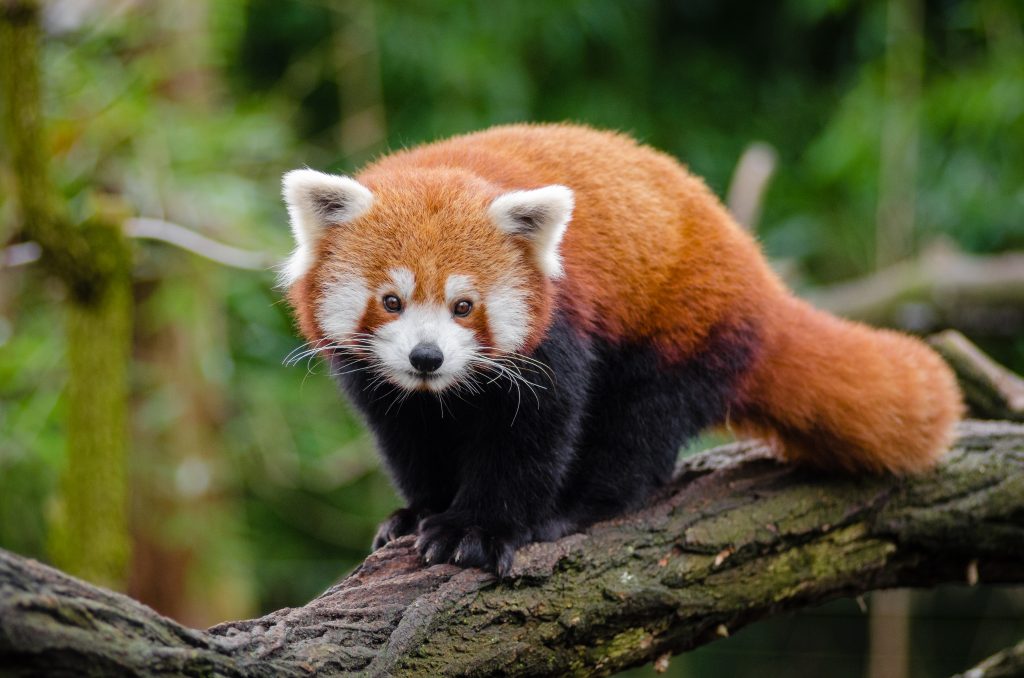The wildlife of Indonesia now often looks like relatively unique to those islands. This is not the natural state of affairs. 60,000 years ago, a cousin of the orangutan lived on the mainland. Unfortunately, what appears clear, is that humans were responsible for the extinction of these animals as with so many more.
There are 2 species of Indonesian Rhino, the Javan rhino and the Sumatran rhino. Now it should be noted that these names are not an indication of a small range (or if it is, it is wrong) in reality, both rhino species were far more widely spread. Indeed mainland specimens lived within the 21st century.
Continue reading “The Indonesian rhinos that once roamed across much of Asia”


















